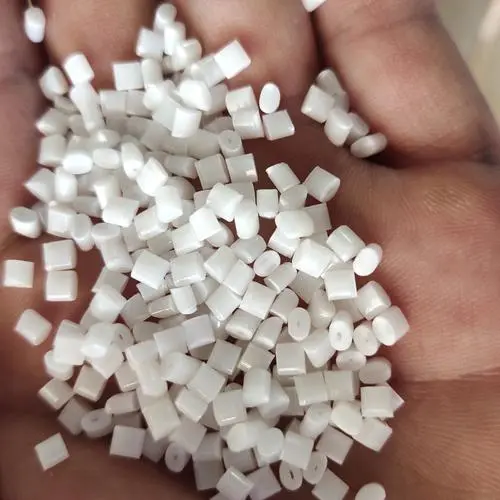read: 1422 time:2023-04-06 14:41:21 from:
ABS is acrylonitrile-butadiene-styrene copolymer, also known as protective sheet. ABS material is a polymer material with high strength, high hardness, and good impact resistance, which is widely used in many fields such as chemical, automotive, electronics, and building materials. The production process of chemical ABS is very complicated, but it is very versatile and can be used to make a lot of excellent products, such as pipes, storage tanks, emission equipment, chemical equipment, etc.
Properties of Chemical ABS
Chemical ABS material has very high physical and mechanical properties, excellent thermal and chemical stability and good insulation properties. It also has very good combustion properties and outstanding high temperature resistance. The properties of chemical ABS are mainly as follows:
1. Excellent mechanical properties
The strength and hardness of chemical ABS are very high, with a tensile strength of 50 to 70 MPa and a modulus of elasticity of 2.8 to 3.5 GPa, and it has good stability under various stress states. In addition, the surface hardness of chemical ABS is also high, reaching 80 to 90 Richter.
2. Good impact resistance
The impact resistance of chemical ABS is one of its most outstanding features, with impact strengths as high as 15-35 KJ/m2. In structural engineering, ABS materials are often used in high-impact environments to ensure the durability and safety of structures.
3. Excellent thermal and chemical stability
Chemical ABS materials are very stable in high temperature environments, with heat deflection temperatures reaching 70°C to 100°C. In addition, chemical ABS has good chemical stability and oxidation resistance, and can withstand the corrosion of many chemicals.
4. Good insulating properties
Chemical ABS material has good electrical insulation properties and can be used to manufacture electrical parts and insulated parts. In addition, it has good water and moisture resistance and can be used in humid environments.
Applications of chemical ABS
In the chemical industry, chemical ABS is mainly used in the production of pipes, storage tanks, discharge equipment and chemical equipment. Since these products need to have high strength, hardness and durability, ABS materials are well suited for manufacturing these products. Especially in the storage tank and chemical equipment industries, ABS materials have become one of the major manufacturing materials.
In the automotive field, chemical ABS materials are widely used, especially in exterior trim parts and structural body parts. The excellent impact resistance of chemical ABS makes it the material of choice for exterior trim parts of automobiles. In addition, chemical ABS materials can also be used to manufacture automotive interior parts.
In the field of electronic products, chemical ABS materials are commonly used to produce electrical housings and cases. Its good electrical insulation performance can provide good protection performance for electronic products.
In the building materials industry, chemical ABS materials are also widely used in the manufacture of wall decorative panels, roof tiles, doors and windows. Because of its high strength, high hardness and good water resistance, ABS material becomes an ideal material for manufacturing these products.
To sum up, chemical ABS is an excellent polymer material with good physical and mechanical properties, excellent impact resistance, thermal stability and chemical stability. Because of its characteristics, chemical ABS material has been widely used in many fields such as chemical, automotive, electronics, and building materials, and has become one of the main materials for the manufacture of these products.

Jincheng Petrochemical's 300000 ton polypropylene plant successfully trial production, 2024 polypropylene market analysis

The ABS market remains sluggish, what is the future direction?

Market differentiation of bisphenol A intensifies: prices rise in East China, while prices generally decline in other regions

The production method and process flow of silicone acrylic lotion, and what are the common raw materials